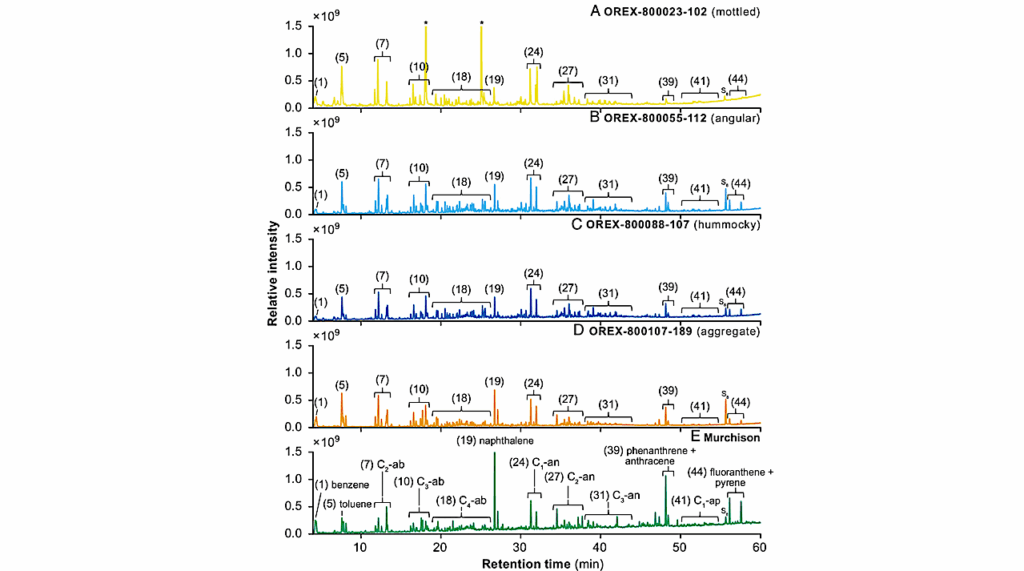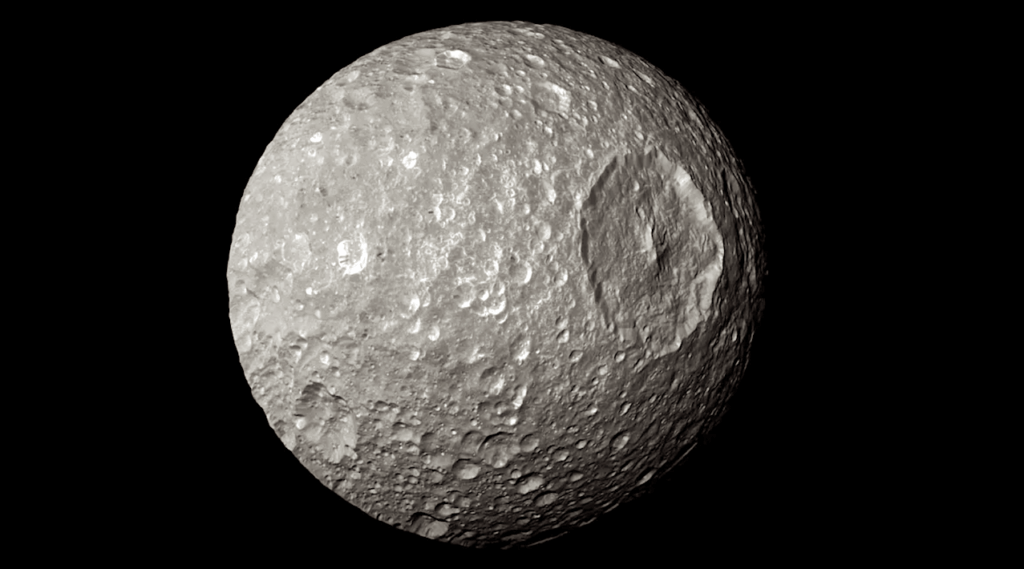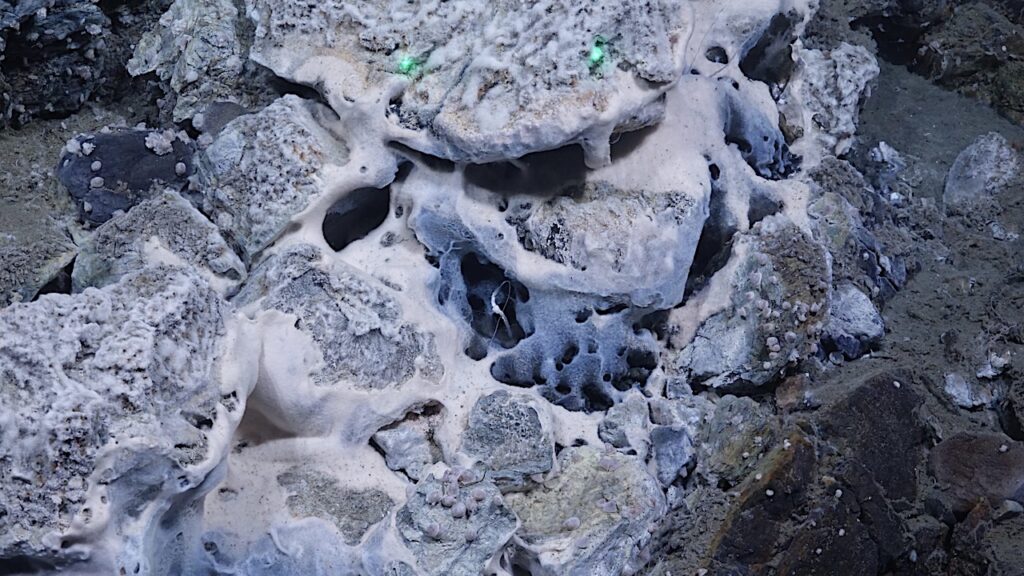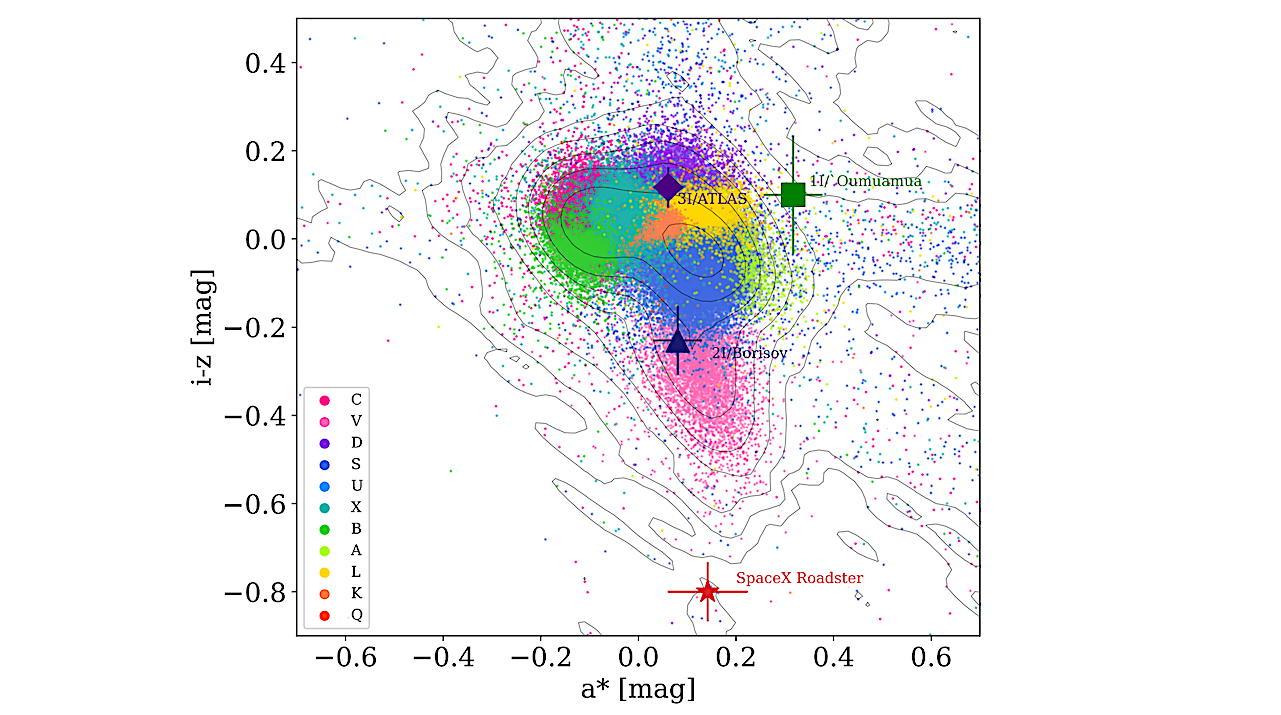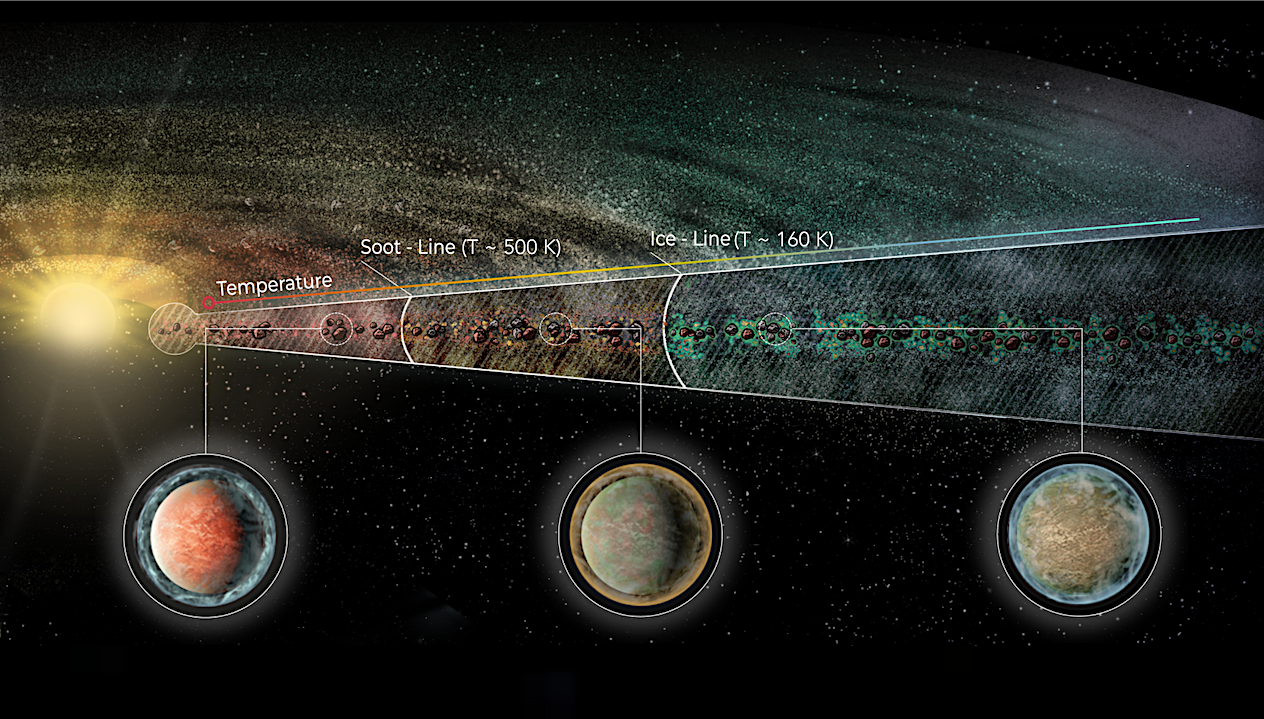Now Reading: JWST Detection Of A Carbon Dioxide Dominated Gas Coma Surrounding Interstellar Object 3I/ATLAS
-
01
JWST Detection Of A Carbon Dioxide Dominated Gas Coma Surrounding Interstellar Object 3I/ATLAS
JWST Detection Of A Carbon Dioxide Dominated Gas Coma Surrounding Interstellar Object 3I/ATLAS


Spectrally integrated flux maps for 3I/ATLAS observed using JWST NIRSpec: (a) scattered light from coma dust at ∼ 1.2 µm, plotted on a logarithmic scale to highlight the coma shape, (b) CO2 at 4.3 µm, (c) H2O at 2.7 µm, and (d) CO at 4.7 µm. Molecular line emission has been isolated by subtracting a polynomial fit to the adjacent continuum. Spatial coordinates are with respect to the brightest pixel in the continuum dust map. For panels (b)–(d), inset plots (upper right) show the continuum-subtracted spectra, spatially averaged across all IFU pixels. Panel (a) lower left corner shows the direction of the (sky-projected) comet-sun (S) and nucleus velocity (v) vectors (indistinguishable). — astro-ph.EP
3I/ATLAS is the third confirmed interstellar object to visit our Solar System, and only the second to display a clear coma.
Infrared spectroscopy with the James Webb Space Telescope (JWST) provides the opportunity to measure its coma composition and determine the primary activity drivers. We report the first results from our JWST NIRSpec campaign for 3I/ATLAS, at an inbound heliocentric distance of rH=3.32 au. The spectral images (spanning 0.6-5.3 μm) reveal a CO2 dominated coma, with enhanced outgassing in the sunward direction, and the presence of H2O, CO, OCS, water ice and dust.
The coma CO2/H2O mixing ratio of 8.0±1.0 is among the highest ever observed in a comet, and is 6.1-sigma above the trend as a function of heliocentric distance for long-period and Jupiter-family comets (excluding the outlier C/2016 R2).
Our observations are compatible with an intrinsically CO2-rich nucleus, which may indicate that 3I/ATLAS contains ices exposed to higher levels of radiation than Solar System comets, or that it formed close to the CO2 ice line in its parent protoplanetary disk.
A low coma H2O gas abundance may also be implied, for example, due to inhibited heat penetration into the nucleus, which could suppress the H2O sublimation rate relative to CO2 and CO.
Martin A. Cordiner, Nathaniel X. Roth, Michael S. P. Kelley, Dennis Bodewits, Steven B. Charnley, Maria N. Drozdovskaya, Davide Farnocchia, Marco Micheli, Stefanie N. Milam, Cyrielle Opitom, Megan E. Schwamb, Cristina A. Thomas
Comments: Submitted to ApJ Letters
Subjects: Earth and Planetary Astrophysics (astro-ph.EP); Astrophysics of Galaxies (astro-ph.GA)
Cite as: arXiv:2508.18209 [astro-ph.EP] (or arXiv:2508.18209v1 [astro-ph.EP] for this version)
https://doi.org/10.48550/arXiv.2508.18209
Focus to learn more
Submission history
From: Martin Cordiner PhD
[v1] Mon, 25 Aug 2025 17:10:10 UTC (398 KB)
https://arxiv.org/abs/2508.18209
Astrobiology, Astrochemistry,
Stay Informed With the Latest & Most Important News
Previous Post
Next Post
Previous Post
Next Post
-
 012024 in Review: Highlights from NASA in Silicon Valley
012024 in Review: Highlights from NASA in Silicon Valley -
 02Panasonic Leica Summilux DG 15mm f/1.7 ASPH review
02Panasonic Leica Summilux DG 15mm f/1.7 ASPH review -
 03How New NASA, India Earth Satellite NISAR Will See Earth
03How New NASA, India Earth Satellite NISAR Will See Earth -
 04And Thus Begins A New Year For Life On Earth
04And Thus Begins A New Year For Life On Earth -
 05Astronomy Activation Ambassadors: A New Era
05Astronomy Activation Ambassadors: A New Era -
06SpaceX launch surge helps set new global launch record in 2024
-
 07Space Force plans new ‘Futures Command’ amid pressure to speed up modernization
07Space Force plans new ‘Futures Command’ amid pressure to speed up modernization












